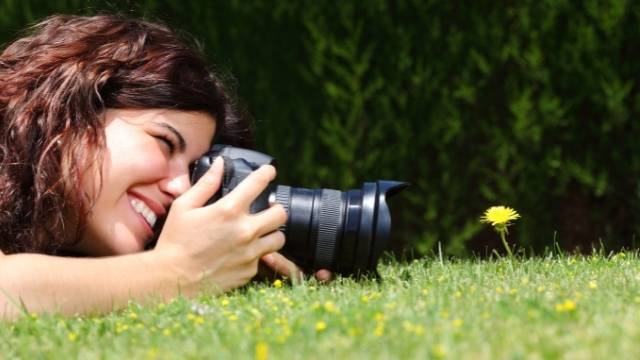As humans, we tend to overthink and complicate things. But in photography, just as in life, “simple” is often better. It allows you to focus, get rid of distractions, and create stronger and cleaner images.
There are many ways you can improve your photography, starting with cutting down the gear you use in composing and creating your photos.
Here are my four tips on how you can simplify your photography:
1. Simplify your gear
As photographers, we love acquiring new gear, believing it’ll help us take better photos. We upgrade our slightly outdated cameras and lenses and blame our failures on the lack of better equipment.
And while there are cases where this might be true, most of the time new gear won’t necessarily improve your photography.
I personally shoot with a 9-year-old beaten up DSLR with lenses that are covered in duct tape, and still manage to capture strong images.
By simplifying your gear, you become more comfortable and familiar with what you own. You start understanding your limitations and how to work around them.
2. Simplify your settings
There is a big misconception among beginners that, to be a “real photographer,” you must shoot in manual mode. This can’t be any further from the truth.
Time spent digging in menus and fiddling with the settings on your camera is time that is lost capturing an unfolding scene.
I shoot in Aperture Mode 99% of the time because I don’t need to focus on the shutter speed. My White Balance and ISO settings are on auto, and my focus is entirely on the fleeting moment in front of me.
I highly recommend picking a camera mode you are comfortable with and focusing on composition and lighting instead of digging in your camera’s menu. As you progress through your photography journey, you’ll learn to work with more advanced settings. But at first, it doesn’t matter if you shoot in Aperture or Shutter priority or even P-mode and Auto-mode.
3. Simplify your composition
When it comes to composition, I believe that less is more.
A rookie mistake is to focus entirely on the main subject and fail to pay attention to all the elements around and behind the subject.
By simplifying your composition, you are removing elements that do not contribute to the story you are trying to tell. This will help you guide your viewer through your image and make the subject stand out.
Pay attention to the background behind your subject, quickly glance around the edges of the frame for anything distracting, and cut down the clutter in your photos to keep it clean and simple.
4. Simplify your post-processing
Post-processing is an important part of the photographic workflow, but it’s also easy to overdo it when discovering new tricks and techniques, especially after spending hours staring at a screen.
It’s OK to process your images to your liking when you are creating fine art. But when it comes to stock or editorial photography, keeping your editing as simple and natural as possible will increase your chances of selling your images.
Process your images in your favorite software, then take a long break and come back later to look at them with fresh eyes. Photography can appear challenging to learn as a beginner, but as you start to simplify your workflow, it will become easier to understand and focus on capturing great images.

